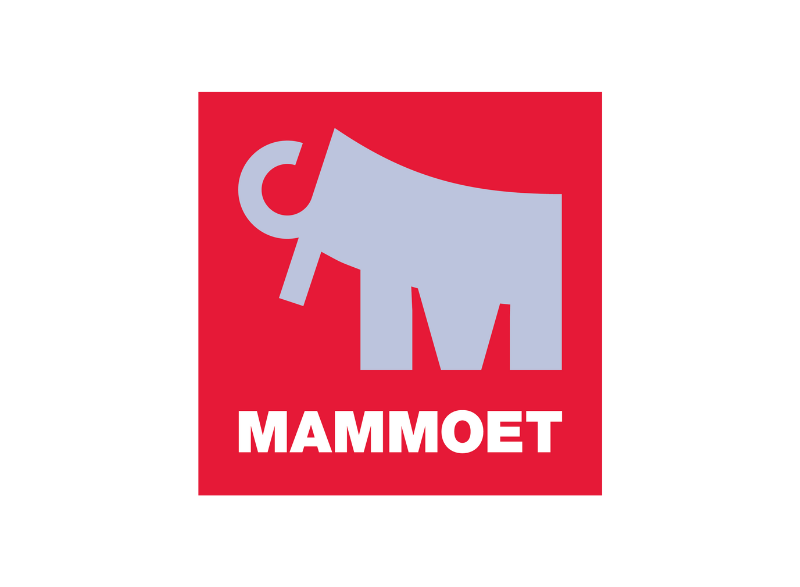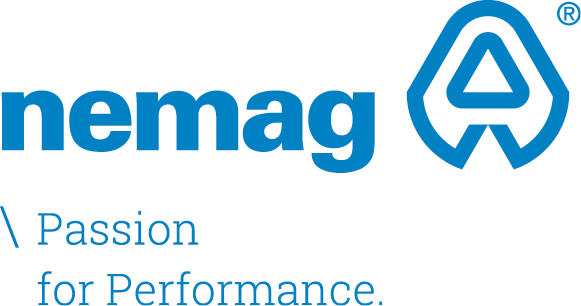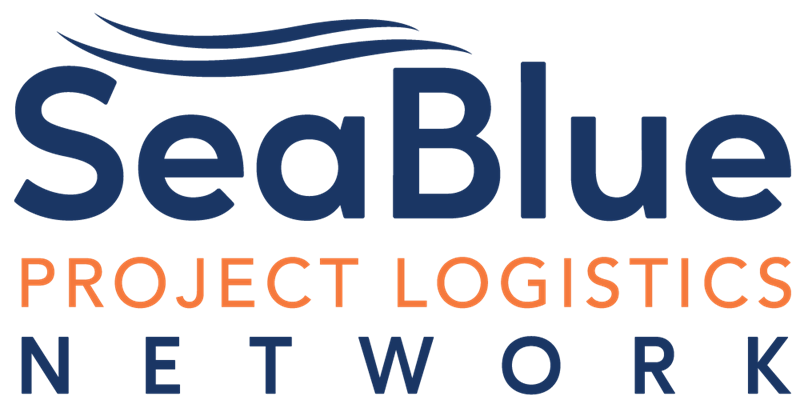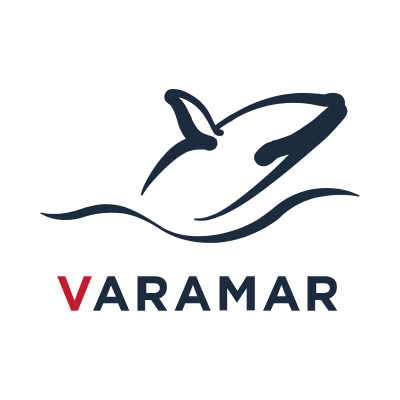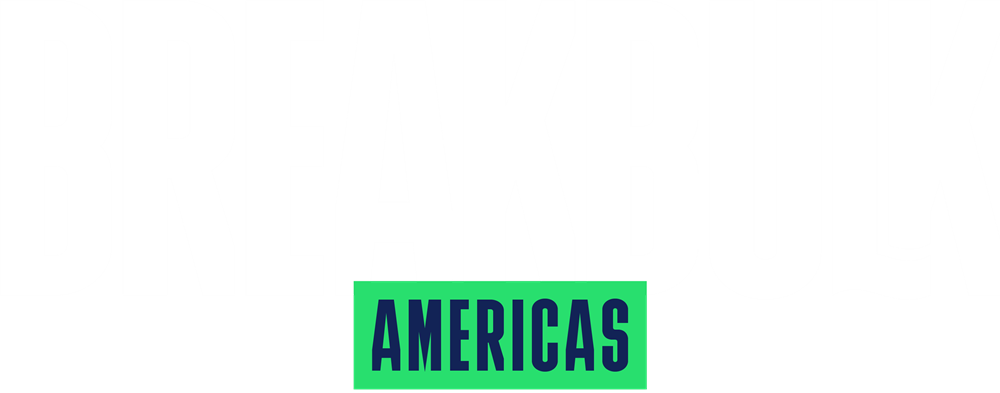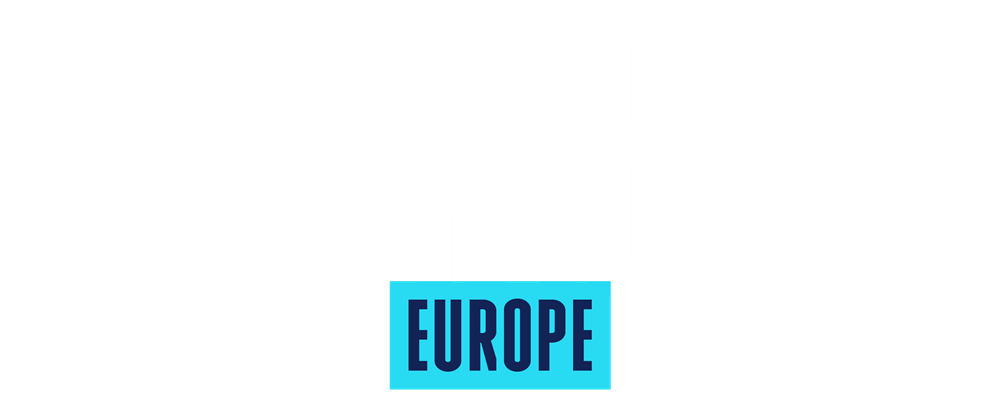Health & Safety
This section is designed to give you sufficient guidance. Guidance, however, can only go so far and you have a legal duty to ensure that your teams, contractors and partners follow Health and Safety laws and regulations. Failing to do so can lead to prosecution and other legal sanctions. If you need further assistance or information, do not hesitate to contact Breakbulk Support.
Policy Statement
Breakbulk Events & Media recognises that our exhibitors rely on us to provide a trading environment on the exhibition floor which is safe and without risks to health. We also recognise that running a public event places a special responsibility on Breakbulk Events & Media and extends our duty of care not only to our staff but to exhibitors, contractors, venue staff and visitors. The organiser is ultimately responsible for Health and Safety at the show.
To ensure that all health and safety obligations are met, the organisers will:
-
Allocate sufficient resources to meet Health and Safety objectives.
-
Provide adequate control of Health and Safety risks arising from work activities.
-
Consult with the venue, exhibitors and contractors on matters affecting health and safety.
-
Provide relevant Health and Safety information to employees and others.
-
Ensure all employees are competent to do their tasks particularly regarding Health and Safety training.
-
Ensure so far as is reasonable that the contractors we engage for the show are competent.
-
To far as is reasonably practicable prevent accidents and cases of work-related ill-health and maintain safe and healthy working conditions.
Accidents
All Accidents and near misses should be formally logged with witness statements and accompanied by video or photographs taken. All reports may be used for future investigation, therefore as much detail should be recorded. All documents are to be treated with the upmost confidentiality and as such should be stored in accordance with data protection laws and regulations. If an incident occurs onsite, please either see a Health and Safety team member or notify staff member in the operations team who will inform Health and Safety team.
Children
Under no circumstances are children under the age of 16 years allowed into the exhibition halls during the build-up, show open days or breakdown.
Drink and drugs
Drinking of alcohol onsite during the build-up and breakdown phase is forbidden. Anyone under the influence of alcohol or forbidden substances will be removed from site immediately. Use of drugs are not permitted anywhere in the venue.
Evacuation plans and procedures
The George R Brown Convention Centre has a variety of modern fire detection and firefighting systems, as well as established emergency procedures.
Hoses, extinguishers and break glass alarm points can be found at regular intervals along the walls of the exhibition hall and conference areas. Firefighting equipment may be used for small fires where persons are trained to use the equipment. Therefore, it is mandatory that fire points inside the halls as well as in the concourses should not be blocked.
Should a fire emergency arise during an event, voice announcements will assist visitors and staff in deciding what actions to take. If the evacuation announcement is made, everyone should exit the hall via the nearest fire exit and follow signage to the assembly point.
Emergency and fire procedures
In the event of an emergency where evacuation appears imminent, an announcement will be made over the PA system and will precede with an audible alarm.
Everyone is required to assemble in the Muster Areas of the Convention Center to meet with facility personnel to receive further directions and updates regarding the emergency.
All staff and guests are required to remain outside the convention center until instructed otherwise by authorized emergency personnel.
The use of halogen lights will not be approved as they pose a fire hazard. Ensure that all light displays have low wattage or LED.
Fire escapes are located throughout the venue with signage. Event organisers are to ensure that neither the signage nor the exits are obstructed in any way.
Fire safety
All service providers, booth builders and exhibitors acknowledge:
-
That fire extinguisher equipment, emergency exits, and signage (including those inside exhibits) need to remain visible and accessible at all times.
-
That all aisles need to be kept clear of any obstructions or protruding objects. Minimum of 10ft aisle clearance spaces.
-
That written approval of plans is to be obtained, from the organizers, for equipment which produces heat, smoke, or open flames as an integral part of the product demonstration. A Fire Marshall needs to be booked, and additional fire equipment put in place as part of the fire prevention strategy. Please contact GRB if this part of your product demonstration.
-
Any breach of fire safety will not be tolerated, and the event or show will not be allowed to start unless fire safety issues are rectified.
-
Fire Prevention Permits are required for vehicles on display, cooking, tents, multilevel booths; for more information, please contact GRB Convention Services Department at +1 713-853-8000.
-
The Houston Fire Code requires any vehicle displayed inside the facility to have the battery cables disconnected. It’s required that the gas tank is taped shut or have a lockable gas cap and may contain no more than ¼ a tank or five (5) gallons of fuel, whichever is less before entering the GRB.
-
The following products will not be permitted unless treated with a fire retarding compound: hessian, thatch, straw, draping, seat covers, wood pallets, crepe paper, corrugated paper, cardboard, PVC sheeting (except on the floor to prevent damage to carpets) and polystyrene items. It is mandatory to have a certificate presented as proof and should be sent to Essential Events.
First aid
First aid cover is provided by the organizers, the first aid office is located next to halls in Show Office A. In an emergency, please contact the nearest security staff or health and safety persons.
Insurance public liability
Exhibitors are responsible for obtaining PLI insurance protection for their exhibits, property and personnel against all risks as stated in the General Conditions. Equipment should be insured both in transit and on location at the exhibition site for the entire period of the exhibition. You would have been sent your unique link to upload the certificate to your portal. If you are able to provide your own PLI, then you will have to upload a copy of the certificate. Please contact Breakbulk Support if you need any more assistance.
All copies of insurance policies must be submitted before deadline the first day of build-up. The Exhibitor is fully responsible for obtaining Public Liability Insurance to value of £2,000,000.
-
The cost of the policy is £195.00.
-
This insurance is available to exhibiting companies only; contractors must obtain their own insurance to the required level of cover.
Insurance cover should include:
-
PLI (Public Liability Insurance to the value of £2,000,000)
-
Personal Injury
-
Third Party Claims
-
Expenses incurred and/or losses of any kind, including losses resulting from the abandonment or postponement of the exhibition
-
Medical expenses and baggage cover
-
Value of the stand, including the fittings
A full specimen wording, showing the terms, conditions and exceptions of the cover, is available from InEvexco Ltd. It is the Customer’s responsibility to read the policy wording as some exclusions apply. This service is provided on a non-advised basis and it is the Customer’s responsibility to make sure that the minimum limits are sufficient for its needs.
The standard limits provided by the Insurance Participation Fee are: Cover Headings Standard Limits Brief Summary of the Cover Exhibitor Expenses GBP 20,000 Loss of irrecoverable expenses sustained as a result of cancellation, abandonment, curtailment, postponement or removal to alternative premises; inability to open or keep open the Customer's stand/space due to damage to Exhibitor Property at the Venue, in transit to the Venue or damage to the Venue itself; late or non-arrival of Exhibits or of the Customer's staff/representatives; failure to vacate the Venue within the contracted time; reasonable additional costs and expenses incurred in avoiding or diminishing a loss; for reasons beyond the Customer's control.
Ladders
Ladders can be used when it is not practicable to use a working platform, or the activity is low risk. Ladders must be used in accordance with manufacturer’s instructions at all times. Additionally, the following guidelines must be followed:
-
Ladders must have ‘industrial’ rating.
-
Ladders for work over 13feet are not permitted.
-
Leaning ladders must be placed at the correct angle.
-
Ladders should only be used on level ground and must be secure e.g. suitably tied or, as a last resort, footed
-
The top treads or steps must not be used as a platform for work.
-
Users should face the ladder at all times whilst climbing or dismounting.
-
Stepladders should not be used sideways-on where sideways loads are applied.
-
Only one person should climb or work from a ladder or a stepladder.
-
Users should not overreach.
-
Steps and ladders should be checked for suitability and defects each time they are used.
-
Should be correctly footed when in use at all times.
-
Should be set on level ground.
-
If a change in ladder location is required operatives are to dismount to move and not ‘walk’ the ladder whilst mounted.
Method statements
A method statement is a document that is part of safety induction and primarily provides specific instructions on how to safely perform a work-related task or operate a piece of equipment. In your method statement you should outline all the hazards that are likely to be encountered when undertaking a task or process and provide detailed guidance on how to carry out the task safely.
It is mandatory for Raw Space exhibitors to submit each of the below forms with booth designs.
Please email directly to Essential Events for assessment, the deadline date is Friday, August 8, 2025.
Forms:
Naked or open flames
Flames from open fires or candles will not be permitted.
Noise levels
Maintain safe noise levels below 85dbA. Where noise levels exceed 85dbA, you will be asked to reduce noise levels or if the organizers receive complaints from surrounding exhibitors. The organizers will make the final decision.
PPE
Exhibitors and contractors are required to ensure that all tools used on the premises are in good condition and safe to use. When not in use all tools should be stored, not be left unattended or connected to the mains. The use of any dust-generating tools in the event is not permitted.
All exhibitors and contractors are required to always wear appropriate PPE during assembly and dismantling periods. The venue and the organizers will not allow the work to begin without adequate PPE.
The minimum requirements include but are not limited to, those listed below; however, the requirements vary according to the task:
-
Proper footwear - during the move in and move out periods, the use of heels, sandals or open shoes are not permitted.
-
High visibility vests - it is highly recommended to wear during the move in and move out periods including in the outside loading bay areas.
-
Employees’ working in areas close to works at height should wear suitable hard hats.
-
Appropriate height ladders are required to be used. Please ensure your contractor brings the correct working at height equipment. For more detail on required equipment please see the working at height section.
This is not an exhaustive list of items and the duty to assess that the correct type of PPE is applied to a work situation shall be that of the employer. The standard adopted for personal protective equipment is in accordance with Texas Municipality local orders and technical guidelines which apply in full at the venues.
Reporting occupational injuries and diseases
Workers must notify organisers office and their employers of an accident immediately. A report must be carried out onsite by the organisers Health and Safety officer.
Risk assessments
All exhibitors are required to provide a Risk Assessment for any construction activity. You are required to protect people as far as is reasonably practicable. It is simply a careful examination of what could cause harm to people, so that you can weigh-up whether you have taken enough precautions or should do more to prevent harm. Workers and others have a right to be protected from harm caused by a failure to take reasonable control measures.
Hyve Group has carried out suitable and sufficient assessment of the risks associated with this event, details of which can be obtained from the organizer’s office.
It is mandatory for Raw Space exhibitors to submit each of the below forms with booth designs.
Please email directly to Essential Events for assessment, the deadline date is Friday, August 30, 2024.
Forms:
Strobe lighting
No strobe light effects are permitted.
Vehicles on stands
We must be advised of all display vehicles at least 28 days prior to the event. Vehicles must be located on the stand area, being set back at least 2 meters from the stand perimeter. Vehicles displayed on stands must:
-
Be static and have their engine switched off during the open hours of the event.
-
Contain only a minimum amount of fuel.
-
Have a lockable fuel cap.
-
Have a drip tray placed under the engine.
-
Be included in the stand's risk assessment.
Subject to a risk assessment, battery disconnection may be required for vehicles over ten years old.
Agreement on delivery and removal times/dates must be discussed with and approved by the Organisers. Exhibitors may be asked to leave a spare set of keys with the Organisers in case of an emergency.
Vehicles with internal-combustion engines may only be exhibited in the halls and other enclosed event areas after obtaining permission from the Organisers. The contents of the vehicle’s tanks shall be reduced to the minimum level required to drive the vehicle into and out of the area and, wherever possible, the tank caps shall be locked.
Depending on the event in question and the location of the exhibit, other safety measures may be required, such as rendering fuel tanks ineffective, disconnecting batteries and/or the posting of security guards.
In the case of electrically propelled vehicles, the propulsion batteries shall be disconnected from the drive using the safety cut-off switch (main switch).
Working at height
The most common health and safety problem across all events is working at height. Please ensure you plan beforehand to make sure you have the correct height ladders to access areas of your booth that you need.
Please refer to the IAEE Guidelines for display rules and regulations. Any booths over 4m (13’) require structural calculations to be submitted. The maximum height is 20ft (6.10m).
Exhibitors and contractors are required to adhere to the following standards:
-
It is mandatory that work platforms need to have a skirting board to prevent falling objects.
-
Access is controlled to prevent people from working or circulating below work at heights.
-
Individuals working in the vicinity of elevated work use safety helmets.
-
Individuals performing work at height on mobile raised platforms use adequate protection for the head.
-
There is an emergency plan to assist individuals performing work at height.
If you need to use a ladder, please note the following indications:
-
Ladders need to be rated for "industrial use".
-
Hand ladders are not allowed to work above 13ft (4m).
-
Tilt table hand ladders should be placed at the correct angle.
-
Ladders should only be used at floor level.
-
Top rungs or steps should not be used as a work platform.
-
Users should look at the ladder at all times as they climb up or down.
-
Only one person can work up or down on the ladder.
-
Users should not stretch too much to try to get taller.
-
It is necessary to check the steps and ladders to confirm their suitability and to detect possible defects whenever they are to be used.
-
Chairs are not permitted as use for working at height.
.png?ext=.png)
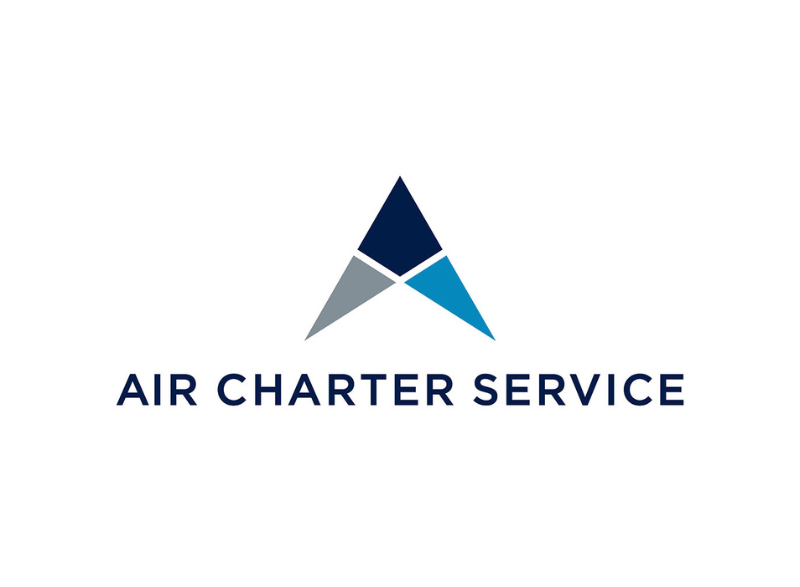
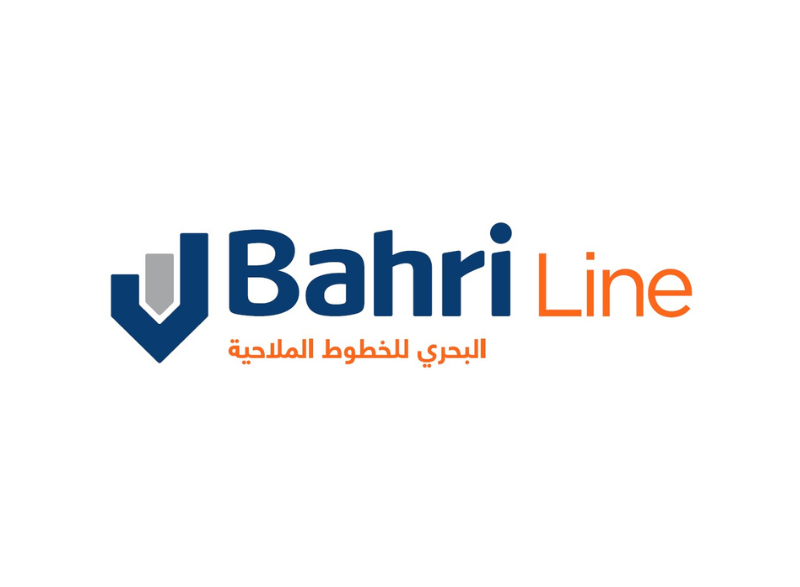
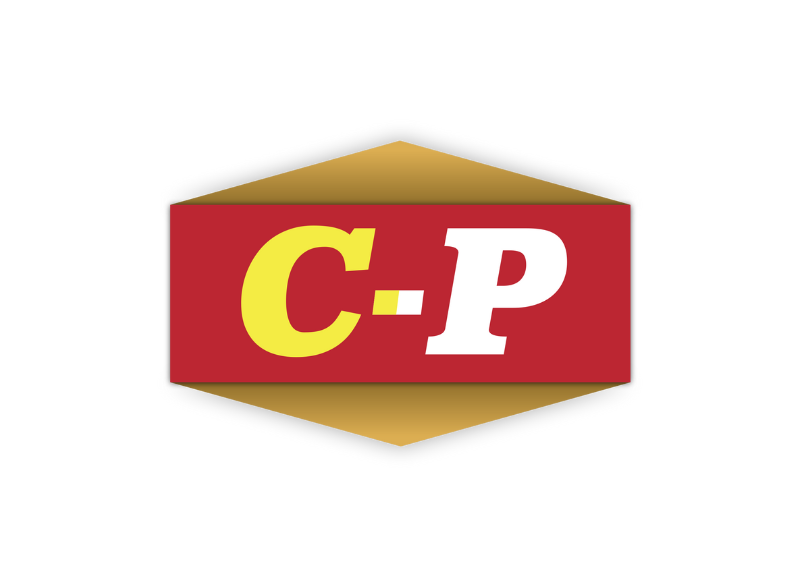
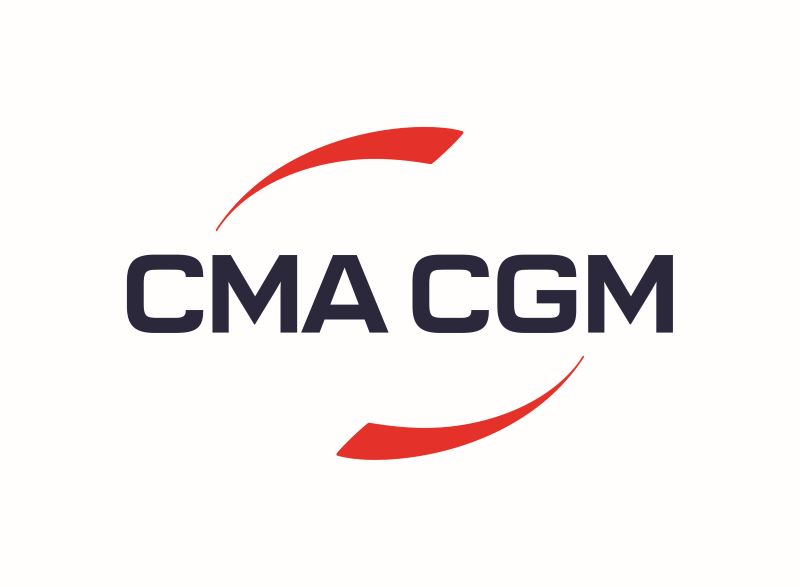

.png?ext=.png)


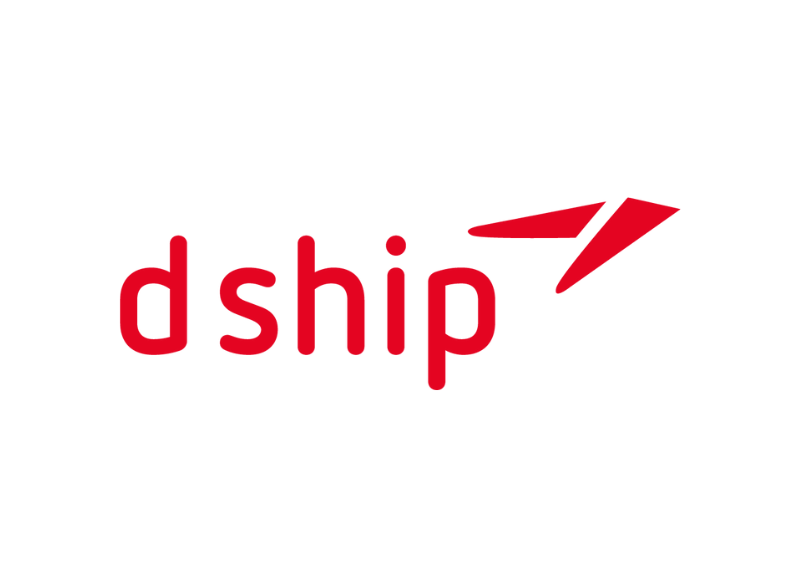
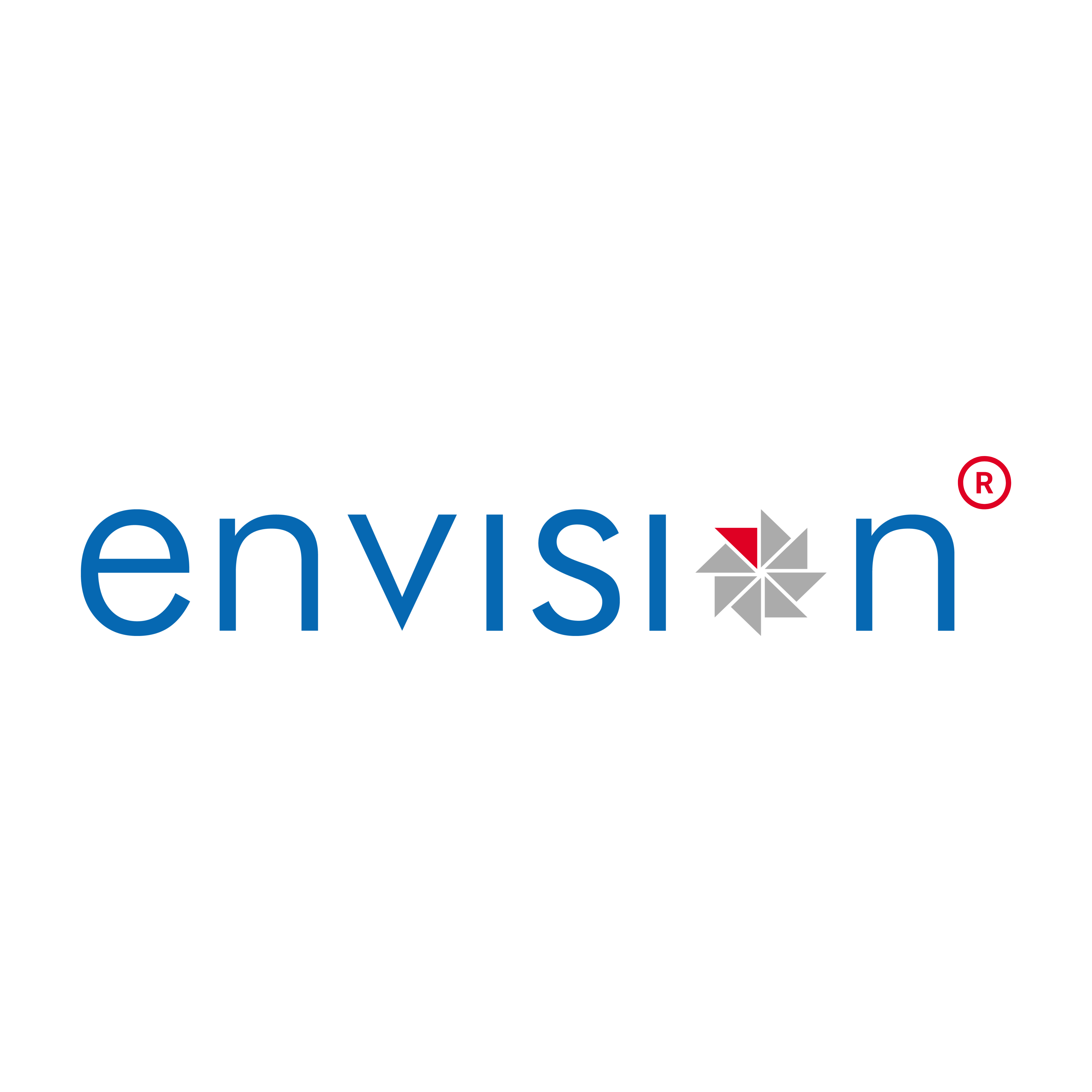
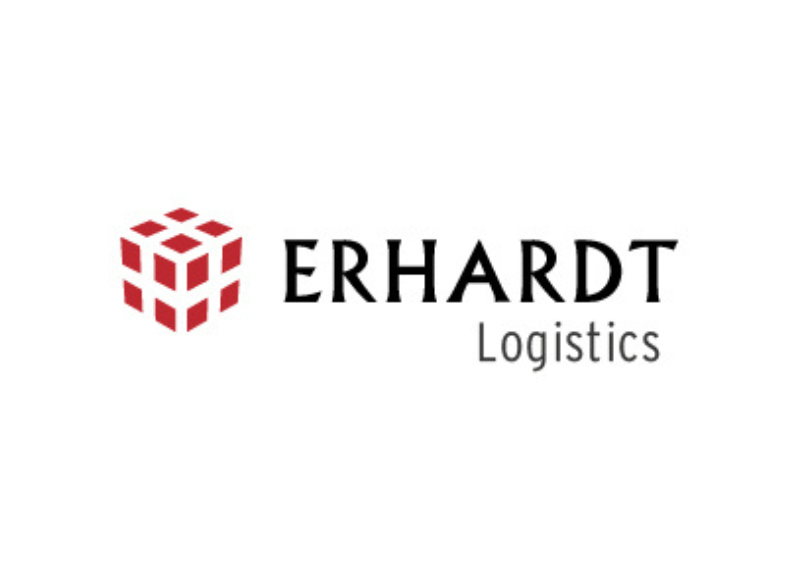
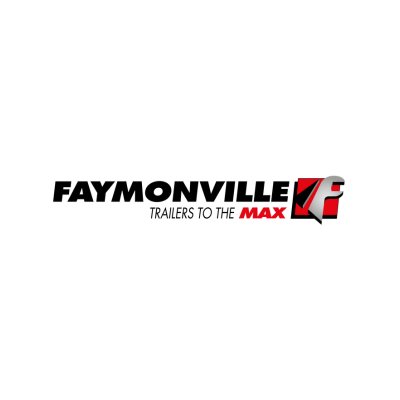

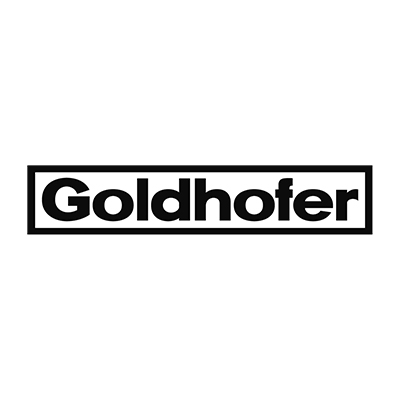
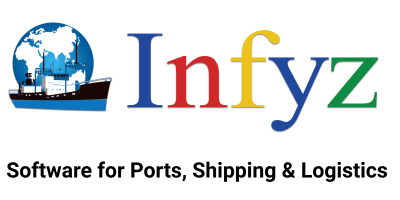
_3.png?ext=.png)
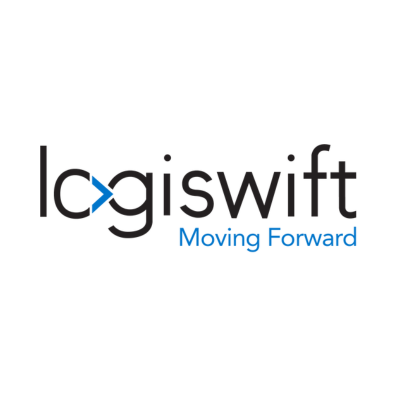
.jpg?ext=.jpg)
